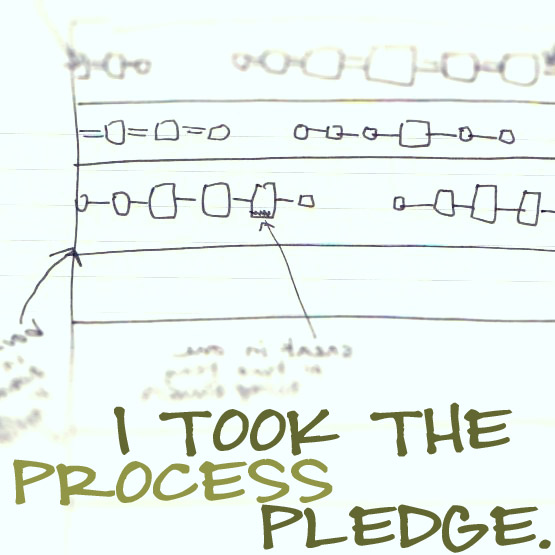I think I can confidently say that you can divide the world up any number of ways, but for our purposes today, the world contains two kinds of people:
cake people and pie people.
Hallooo halloooo and hallloooo all you pie people: I am one of your Nation!
I just love pie. More than cake. Infinitely more than cake! A good pie is a study in contrasts...flaky, crispy crust against succulent, juicy filling...the saltiness of the crust against the sweetness of the filling.
Growing up in a very small Northern-ish Ontario town, we did not have a lot of access to fresh summer fruits. Strawberries were not widely grown in the area when I was a child, and while rhubarb was plentiful, it does not on its own make much of a pie. The baskets of ripe cherries and peaches that pour out of the Niagara Peninsula did not, in the 1960's, generally find their way to little Haliburton, and when they did, it was at great expense. So the standard pies in our houshold were apple, cherry (made with E.D. Smith tinned cherry pie filling), and raisin.
Y'all who are my age will remember raisin pie. A waste of good buttertart materials, I say.
Y'all who are my age will remember raisin pie. A waste of good buttertart materials, I say.
It was not until I attended university in the Pacific West that I met up with blackberries. Walking along a Gulf Island road during a camping trip with the young man who would become my husband, I noticed fat, black berries hanging off prickly, dust covered bushes. "Are they edible?" I asked. He looked at me, incredulous. "Try one", he said, and I did. The rest was history!
It became our tradition to go blackberrying every year; here the blackberries begin to ripen in August, and thanks to the cool and uncertain coastal summers, some years the entire crop fails in the face of late summer rains. Last year's crop looked to be the best ever, but as it came to ripen, we had weeks of sustained rains. The berries molded on the vine.
It was very sad.
It was very sad.
This year we are set to have perfect blackberry weather, and I will happily carry on our annual summer tradition of "all the fresh blackberry pie you can manage while the season lasts". But I will also make blackberry cobbler...I adore fruit cobblers and turned to them when I had toddlers and no time! It is much, much easier to manage a berry cobbler recipe than a berry and pie pastry recipe; you can bung it together before the toddlers lose interest in batter, bowls and spoons, after which they wander off to get into trouble!
My favourite cobbler recipe, which I think I found decades ago in a La Leche League cookbook, features a very unusual technique for producing a crispy, sugary crust. It is heavenly with blackberries, but I can personally vouch for the fresh peach version as well. For a little preview of heaven, ladle thickened cream over each serving. Oh my.
 |
| It all comes down to this: Berry Cobbler... |
Crispy Batter Cake
350o, 45-60 minutes
2 c. berries (my favourite is blackberries) and/or sliced fruit (sigh, Ontario peaches!)
Juice of half a lemon (add in a bit of zest, too!)
Batter:
1 c. sugar
6 T. butter
1 c. milk
2 c. flour
2 t. baking powder
½ t. salt
Topping:
1 c. sugar
2 T. cornstarch
½ t. salt
1 1/2 c. boiling water
-preheat oven
-prepare a lasagna or large cake pan (8” x 13”) (butter, flour)
-spread cleaned fruit on bottom of pan
-sprinkle with lemon juice and zest
-in a large bowl, cream together sugar and butter
-whisk together in another bowl the flour, baking powder and salt
-add flour mixture to creamed mixture alternately with milk
-pour this batter over the fruit in pan
-for the topping, combine the sugar, cornstarch and salt, sprinkle all over top of batter
-immediately before baking, pour the boiling water over the topping and batter (really!!)
Batter cake is done when deep golden brown.
Serve with cream whipped just enough to be thick, so you can drizzle it from a spoon, all over your gorgeous cobbler! I prefer a Chantilly cream, ie. whipping cream with a bit of sugar and vanilla added.
Or serve with ice cream (but try that thick cream, it is fabulous!).


















